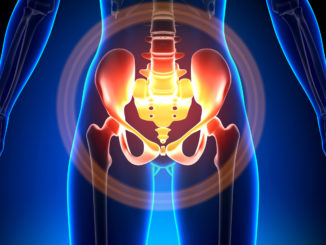
Do you have pelvic organ prolapse?
The word POP has had many meanings over the years and recently doctors have added a new one. Today, doctors are using “POP” for the condition known as pelvic organ prolapse. The alteration in the normal support of internal organs of a woman’s pelvis (uterus, bladder, bowel, and rectum) as she ages is very common. It’s estimated over 50% of women who have had children will experience some form of pelvic organ prolapse.
The symptoms associated with pelvic organ prolapse can vary but most patients will experience pelvic pressure in the vagina, and discomfort or pain in the lower abdomen and/or back. Patients may also experience urinary bladder issues such as incontinence and/or difficulty in complete emptying. Symptoms of constipation are also associated with pelvic organ prolapse resulting from loss of support to the rectum. Intercourse may also be uncomfortable or painful for some women.
Pelvic organ prolapse is diagnosed through pelvic examination by your doctor and often is described by medical terms such as uterine prolapse, cystocele, enterocele, and rectocele. These terms are used by your doctor to describe the organ or organs involved in the prolapse. Uterine prolapse describes a condition where the ligaments that hold the uterus in place have relaxed or been torn and allow the uterus to move down into the vagina. The feeling of “something in the vagina” may come and go depending upon the position of the uterus, which can change throughout the day depending on the woman’s activity. An enterocele describes a condition where the small intestines have protruded into the vagina through a hernia in the vaginal wall creating a bulge. The term rectocele refers to a condition where the rectum bulges into the vagina due to weakened or torn fibrous tissue that separates the rectum from the vagina. Cystocele is used to describe loss of support for the urinary bladder and is often describe by patients as “falling of the bladder.”
The treatment of pelvic organ prolapse may be surgical or nonsurgical depending on the conditions present and the extent of prolapse. Treatment should be based on a woman’s age, her desire for future pregnancy, sexual activity, the severity of symptoms, and any other medical conditions present. In recent years, the treatment for pelvic organ prolapse has seen great growth in knowledge and new surgical techniques, which have improved outcomes for patients. Doctors specializing in these advanced techniques have had greater success in achieving the goals of relieving symptoms, restoring normal anatomy, and allowing the patient to return to her normal lifestyle.


